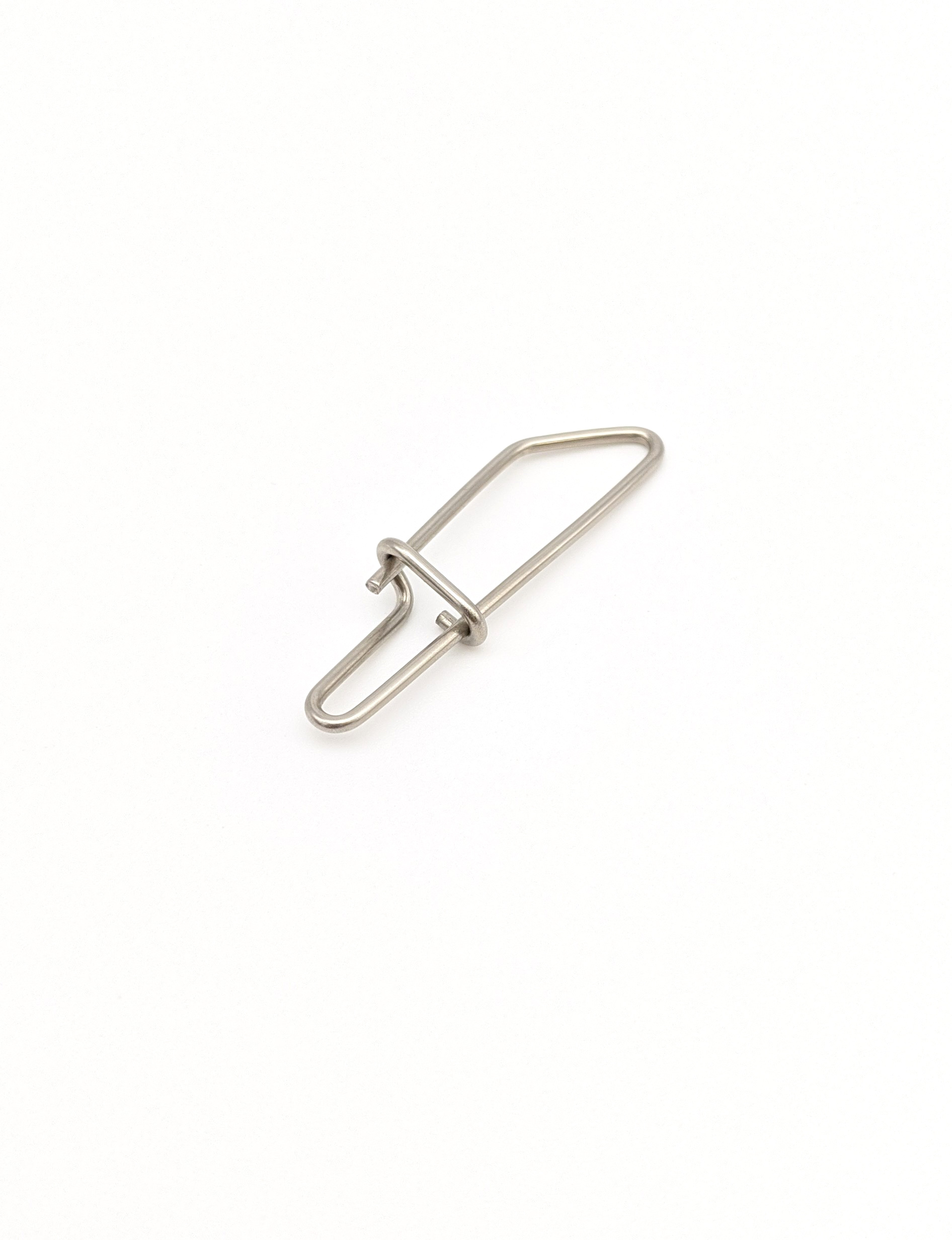Get unique, complex parts easily. No matter your requirements, Chaoyi Spring creates hard-to-produce coil springs and wire forms.
Let us help you create the custom wire form you need, from S-hooks and J-hooks to utility hooks and more.
We work closely with customers across a wide range of industries, helping them design and manufacture made-to-order parts.
Why choose Chaoyi Spring? We prioritize customer-focused collaboration, modern equipment and the latest technology to make your parts per print.
Find the information and guidance you need, from measuring a spring to learning about materials, placing an order and much more.
In the world of mechanics, springs play a crucial role in countless applications, from everyday devices like door hinges and car suspensions to sophisticated machinery and scientific instruments. Two fundamental


In the world of mechanics, springs play a crucial role in countless applications, from everyday devices like door hinges and car suspensions to sophisticated machinery and scientific instruments. Two fundamental types of springs, tension springs and torsion springs, stand out due to their unique mechanisms and distinct applications. This article delves into the differences between these two springs, exploring their operational principles, characteristics, and suitability for various scenarios. By understanding the nuances of each type, we can gain valuable insights into their respective advantages and limitations, paving the way for informed decision-making when selecting the optimal spring for a particular task.

Tension springs, also known as extension springs, are designed to elongate when subjected to a pulling force. Imagine a simple rubber band; when you stretch it, you are applying a tensile load, and the rubber band acts as a tension spring. These springs typically consist of a coiled wire that expands when a force is applied to its ends. The coils of a tension spring are often close together in the unstretched state, allowing for maximum elongation. Tension springs are commonly used in applications where a force is required to pull or extend a component, such as:
Torsion springs, on the other hand, operate by twisting rather than stretching. Picture a spring used to close a screen door; when you push the door, you are applying a twisting force, and the spring reacts by unwinding and storing energy. Torsion springs are typically coiled or wound in a helix, and the load is applied perpendicular to the axis of the coil, causing it to rotate. Some common applications of torsion springs include:
The fundamental distinction between tension springs and torsion springs lies in the way they respond to load. Here's a concise comparison:
The choice between a tension spring and a torsion spring hinges on the specific requirements of your application. Consider the following factors:
While tension and torsion springs form the bedrock of spring technology, there are numerous specialized spring types, each tailored for specific applications. Examples include:
The world of springs is incredibly diverse, with advancements in materials, manufacturing, and design continually pushing the boundaries of what is possible. From miniature springs used in precision instruments to massive springs in industrial machinery, these humble yet essential components continue to play a vital role in modern life.
In conclusion, tension and torsion springs represent two fundamental types of springs, each with its distinct mechanism and applications. Understanding the differences between these springs empowers engineers and designers to make informed choices about which type is best suited for their projects. Whether it's the pulling force of a tension spring or the twisting action of a torsion spring, springs continue to serve as essential elements in countless products and systems, contributing to the smooth operation and efficiency of our world.
Browse some of the custom wire forms and springs that we manufacture. Don’t see what you need? We specialize in made-to-order products that meet your application requirements.
Visit Our GalleryNeed a custom wire form or coil spring? We make it work. Fill out the contact form and a representative will respond within 1 business day. If you have a PDF or CAD file, you can submit to request a quote.